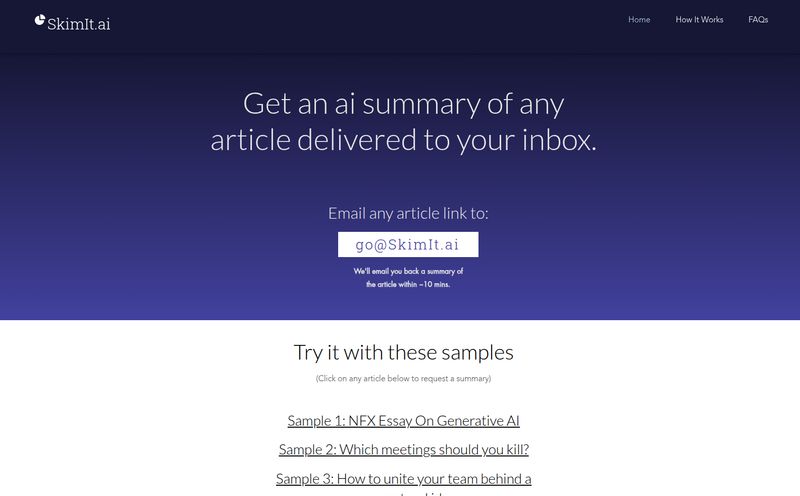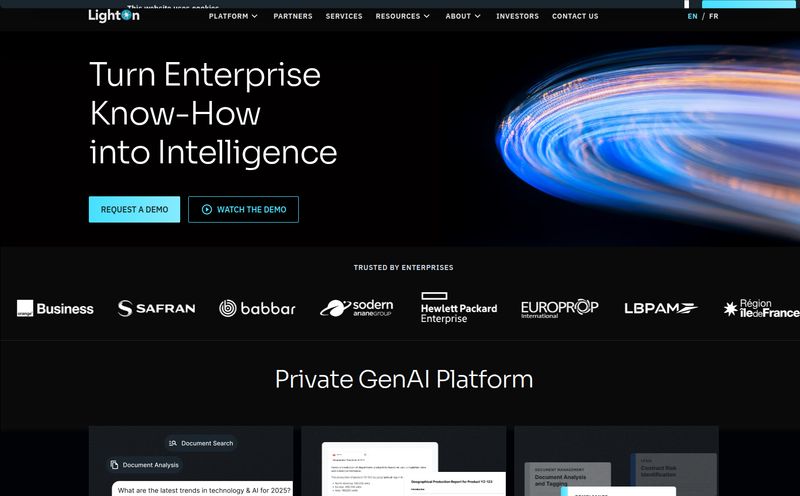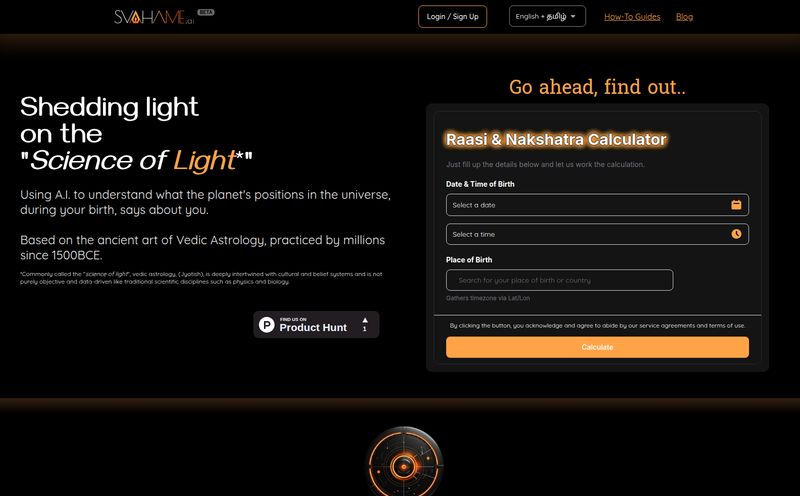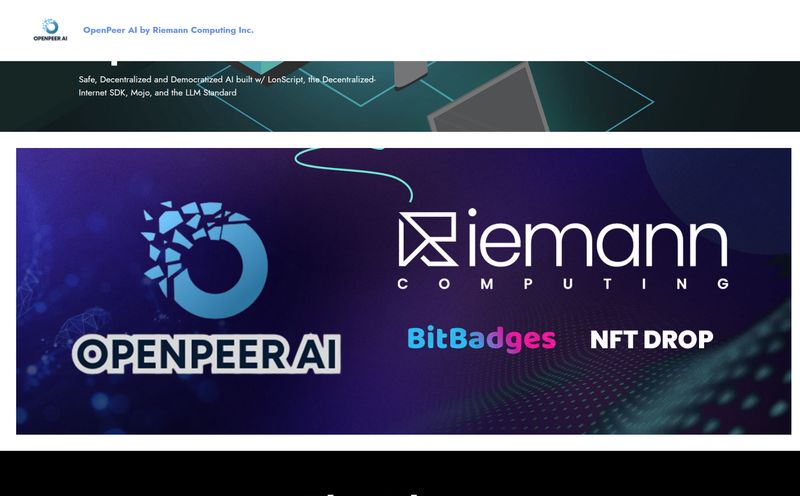If you've spent any time in the industrial or manufacturing space, you know the pain. It’s a special kind of headache that comes from trying to get your SCADA system to talk to your MES, which needs data from a legacy database that only Brenda in accounting knows how to export. It’s a mess. A tangled, frustrating web of data connections that I affectionately call “data spaghetti.” We’ve all been there, trying to make sense of it all, wishing for a single, magical button to fix it.
For years, the promise of Industry 4.0 has felt a bit like a distant dream, always just over the horizon. We talk about digital transformation, but on the ground, we’re often stuck duct-taping systems together. Well, I recently stumbled upon a platform that claims to be the industrial-strength pasta strainer we’ve all been waiting for: supOS.
It’s an IIoT (Industrial Internet of Things) platform, but its approach is what caught my eye. It’s built entirely around a concept that’s been gaining some serious traction in the community: Unified Namespace. So, is it just another buzzword, or is this the real deal? Let's get into it.
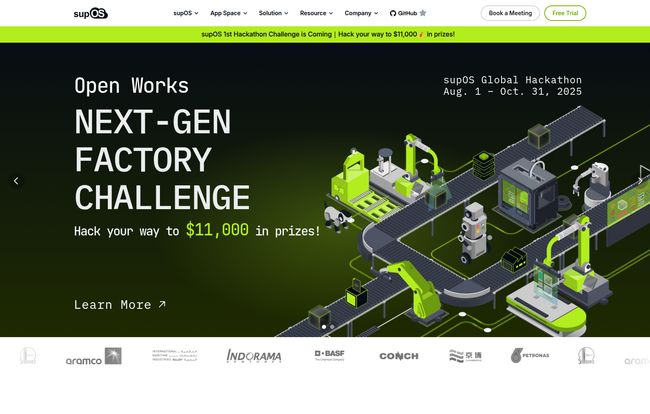
Visit supOS
So What Is supOS, Really?
At its core, supOS is an all-in-one IIoT platform designed to be the central nervous system for a factory or industrial operation. Its main mission in life is to destroy data silos. You know, those isolated pockets of information trapped in different systems, unable to communicate with each other. supOS wants to build a “single source of truth” for your entire operation, from the edge devices on the factory floor to the high-level business applications in the C-suite.
The Magic Ingredient is Unified Namespace
Okay, “Unified Namespace” or UNS sounds technical, but the idea is actually pretty simple and powerful. Think of it like a perfectly organized library. Every piece of data in your entire organization—every sensor reading, every machine state, every production order—gets a unique, logical address within a single, unified structure. It’s like giving every book its own Dewey Decimal System code, but for industrial data.
Instead of one application having to ask another specific application for data (the spaghetti method), any application can just look up the data it needs from the central namespace. It doesn’t need to know where the data came from, just what it is. This is a game-changer. It decouples your hardware and software, meaning you can swap out a sensor or an entire system without breaking everything else that depends on its data. That’s freedom, right there.
Key Features That Actually Matter
A platform can have a million features, but only a few really move the needle. Here’s what stood out to me about supOS.
Connecting Everything to, Well, Everything
The first step in creating a UNS is getting all your data in one place. supOS seems to get this. It’s built to integrate data from pretty much any source you can throw at it: edge devices, PLCs, third-party systems like your existing MES or ERP, and even plain old databases. It then standardizes all this chaotic data using well-respected industry models like ISA95 and the increasingly popular Sparkplug B specification. This isn’t just about connecting things; it’s about making them speak the same language.
Real-Time Data without the Lag
Once the data is flowing, you need it to be fast. supOS uses MQTT, a lightweight and efficient messaging protocol that’s pretty much the gold standard for IoT. Its publish-subscribe model means that when a piece of data updates—say, a tank’s temperature changes—it gets published to the namespace, and every system subscribed to that data point gets the update instantly. The company claims processing speeds of under one million messages per second, which is... incredibly fast. For most operations, that’s more than enough horsepower to ensure you’re working with live, actionable information, not data that's already stale.
Build Your Own Apps (No CS Degree Needed)
This might be one of my favorite parts. supOS includes a Frontline App Builder. It’s a drag-and-drop tool that lets you create simple, functional applications for operators and managers. Need a dashboard to monitor a specific production line? Want to build a tool for quality control checks? You can apparently do that without writing a single line of code. This is huge for empowering the people who are actually on the factory floor to build the tools they need, rather than waiting six months for the IT department to get to their request. It's a more agile way of working that I really appreciate.
And Yes, There's AI
It wouldn't be a 2020s tech platform without an AI angle, would it? supOS includes an AI Toolkit, with a focus on machine vision analysis. This is for things like automated quality inspection or monitoring processes with cameras. While not every facility needs this on day one, having it integrated into the platform is a nice piece of future-proofing.
The Big Question: Open Source vs. Commercial
One of the most intriguing things about supOS is that it offers an open-source option. As someone who has championed open source for years, this is a massive green flag for me. It means you can download it, experiment with it, and even build a solution without an immediate, hefty price tag. It lowers the barrier to entry and prevents the dreaded “vendor lock-in,” where you become so dependent on a single company’s proprietary tech that you can’t leave.
Of course, there’s a commercial version too. This typically comes with enterprise-level support, more robust features, and someone to call when things go wrong. But it also comes with a cost and the very vendor lock-in that open source helps you avoid. It’s a classic trade-off, but I love that supOS gives you the choice. You can start small with the open-source version and scale up to a commercial license if and when it makes sense for you.
Let's Talk About supOS Pricing
So, what does the commercial version cost? I wish I could tell you. I clicked the pricing link on their site, and… I got a “Page Not Found” error. Uh oh.
Now, this isn’t necessarily a dealbreaker, but it’s a bit of a pet peeve of mine. It usually means one of two things: the pricing is complex and quote-based, or it’s expensive. In the enterprise software world, it’s almost always both. You’ll likely need to contact their sales team for a demo and a custom quote based on your specific needs (number of data points, users, support level, etc.). Just be prepared for a conversation, not a simple price list. It's a standard practice for B2B platforms, but a little transparency would be nice.
My Honest Take: The Good, The Bad, and The Intriguing
After digging in, I’m genuinely optimistic about what supOS is trying to do. The commitment to a pure Unified Namespace architecture is the right way to approach the IIoT problem. It’s not a patch; it’s a foundational solution to the data spaghetti that plagues so many industries.
The all-in-one platform approach, combining data integration, a real-time engine, and an app builder, is smart. It saves you from having to stitch together three or four different products. And the open-source option? That’s fantastic. It builds trust and lets the community kick the tires.
My only real hesitation is the lack of transparent pricing and the potential for high costs on the commercial side. The risk with any powerful, all-in-one platform is that it becomes a golden cage. But if the core technology is as solid and scalable as it appears, it might just be a cage worth considering.
Final Thoughts
Look, no single platform is a silver bullet. Digital transformation is a process, not a purchase. But tools like supOS represent a significant shift in the right direction. By focusing on a clean, unified data foundation with UNS, it tackles the root problem, not just the symptoms.
If you're tired of untangling data spaghetti and want to build a truly connected, intelligent operation, supOS is definitely worth investigating. Start with the open-source version, see what you can build, and take it from there. It might just be the tool that finally helps your factory speak a single, clear language.
Frequently Asked Questions about supOS
- What is supOS?
- supOS is an all-in-one Industrial Internet of Things (IIoT) platform. Its primary goal is to integrate data from all sources in a factory or industrial environment into a single, unified system using a concept called Unified Namespace (UNS).
- What is Unified Namespace (UNS)?
- Unified Namespace is a data architecture where every piece of data has a single, logical, and structured address within a central hub. This creates a “single source of truth” and decouples hardware from software, making the entire system more flexible and scalable.
- Is supOS an open-source platform?
- Yes, supOS offers an open-source version, which allows users to download, use, and experiment with the platform freely. It also has a commercial version that provides enterprise-level features and dedicated support.
- How does supOS handle real-time data?
- It uses the MQTT protocol with a publish-subscribe mechanism. This ensures that data updates are pushed to all subscribed applications and systems instantly, with claimed processing speeds of less than one million messages per second.
- Who should use supOS?
- supOS is designed for manufacturing and industrial companies looking to undergo digital transformation. It's ideal for organizations struggling with data silos, complex system integrations, and a need for a unified view of their operations.
- How much does supOS cost?
- The platform has an open-source version that is free to use. For the commercial version, pricing is not publicly listed. You will need to contact the supOS sales team for a custom quote based on your specific operational needs.
